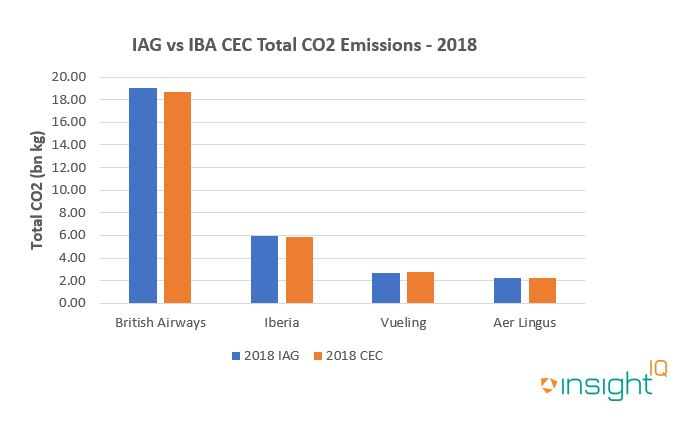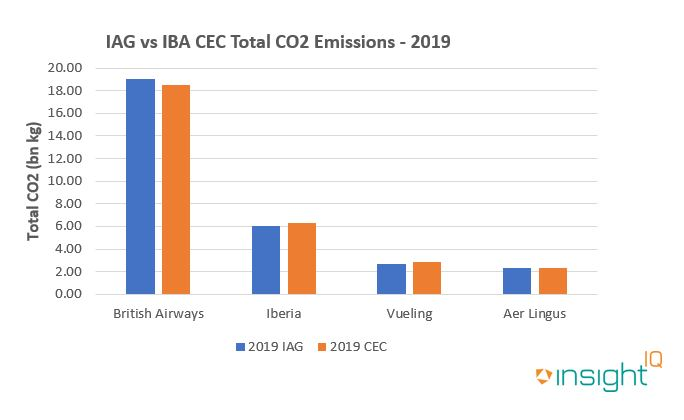31/03/2022
British Airways has taken delivery of UK-made Sustainable Aviation Fuel from Phillips 66 Limited
British Airways has signed a multi-year agreement with Phillips 66 Limited. This agreement makes BA the first airline operator in the world to use Sustainable Aviation Fuel 'SAF' produced on a commercial scale in the United Kingdom.
SAF is a keystone of the aviation industry's plans to reach net zero emissions by 2050, and can reduce lifecycle CO2 emissions by up to 80%. Numerous operators have implemented SAF commitments in recent months, including Virgin Atlantic, who signed an agreement for SAF provision with Neste and ExxonMobil in February 2022.
British Airways is part of International Airlines Group 'IAG'. IBA recently used InsightIQ's Carbon Emissions calculator to effectively verify the reported scope one CO2 emissions figures reported by the group.


The UK flag carrier has already taken delivery of the first batch of Phillips 66's SAF, which is produced in Immingham, East Lincolnshire. British Airways has ramped up it's sustainability program in recent months with the introduction of the 'BA Better World Scheme'. The project launched with the airline's first carbon neutral flight in late 2021, when partners including NATS, Airbus and BP collaborated to dispatch Airbus A320neo G-TTNA from London to Glasgow with net zero CO2 emissions. Fleet data from IBA's InsightIQ aviation intelligence platform indicates the 4-year-old Airbus narrowbody was delivered to British Airways in 2018, and I powered by 2 x CFM LEAP-1A26 engines.
British Airways' Chairman and Chief Executive Sean Doyle, said, "Our supplies of SAF from Phillips 66 Limited will allow us to progress with our ambitious roadmap to reach net zero carbon emissions by 2050 or sooner and will play a role in our commitment, as part of International Airlines Group (IAG), to power 10% of flights with SAF by 2030".
IBA's InsightIQ analysis platform flexibly illustrates multiple asset, fleet and market positions, actual and potential, to inform client choices and identify acquisition opportunities. Immediate access to crucial aircraft, engine, lease rate and fleet data eases appreciation of historic and future aircraft concentrations and operator profiles.